Lisbon is not new for us, it is old. So, just like that, with the poise of an adjective that contains respect, wisdom and nostalgia. Nor is it the first time that the white city blinds us with its light, reflected with perfect symmetry in its Portuguese road and in the intricate patterns of the tiles on its facades.
But that capital in which saudade permeated everything –from a sense of fado to an elaborate convent sweet– is fading so fast in a world cloned ad nauseam to find what makes it unique It seems like a delicate job.
Therefore, on this occasion, we have decided to approach the city of the seven hills without prejudice, with the attention and perspicacity of a traveling archaeologist who digs into his entrails to, little by little, unearth the treasures that made it great before they disappear or fall into oblivion.
If we open the skylight that Saramago was talking about (his lost and found book) we will see that in the heart of Lisbon there are still vestiges of its true essence. The authentic one, the one that reminds us, over and over again, why return to the mouth of the Tagus is always a good idea.
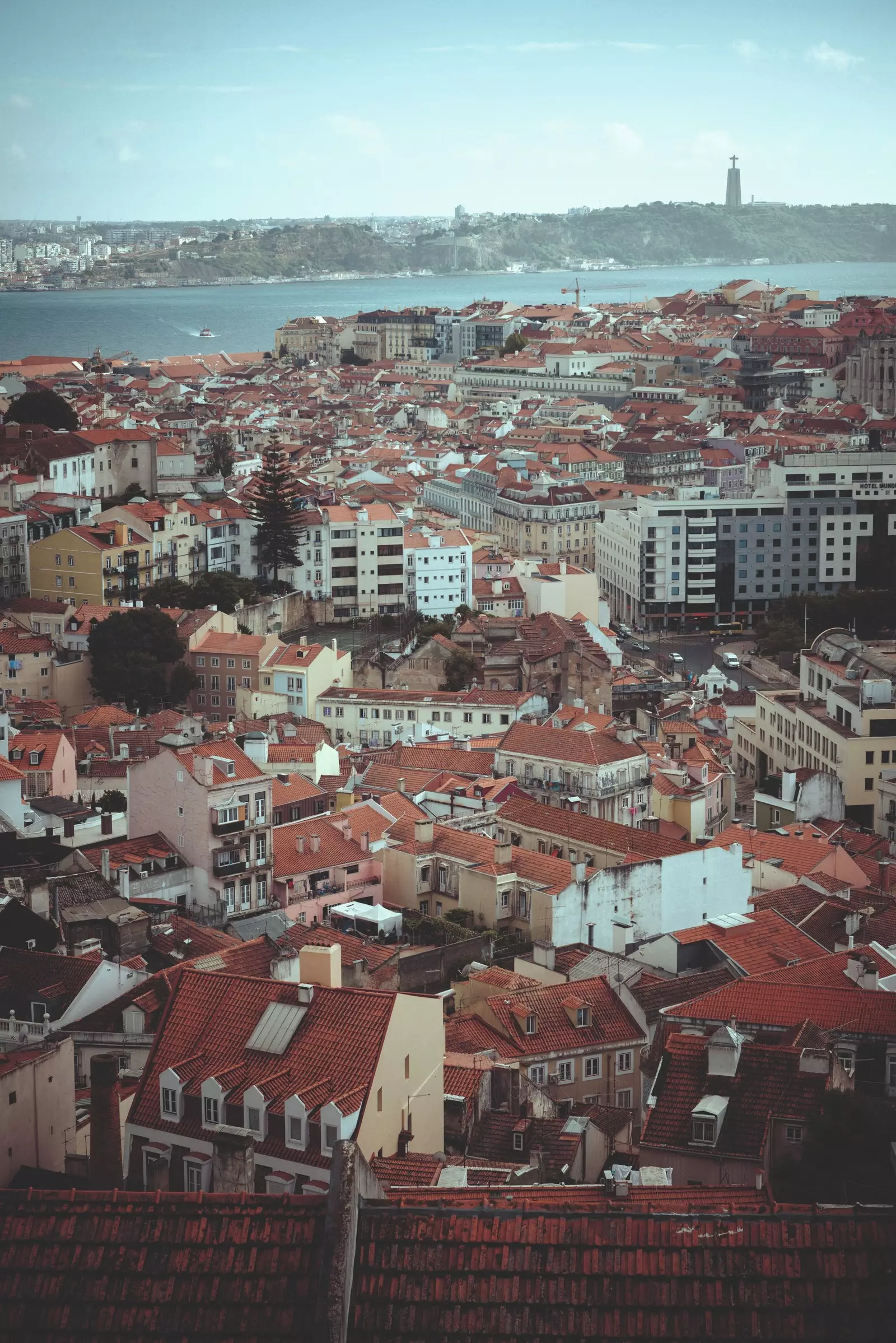
Views from the Miradouro da Senhora do Monte.
FROM PALACE TO PALACE
Was the expert hand of the Brazilian Martha Tavares the one in charge of rehabilitating the 16th century building that today occupies The One Palácio da Anunciada, a five-star decorated by Jaime Beriestain that will leave you in awe of the original elements –look out for the baroque frescoes on the ceilings and the giant mirrors of the old ballroom– and fascinated with the additions, such as its Slow Spa and its modern outdoor pool. Have breakfast in your huge garden presided over by a centennial dragon tree It is an experience that will transport you to the times when the palace was the residence of the counts of Ericeira, when the best of the neighborhood of La Baixa happened behind closed doors.
Also historic is the Palacete Chafariz d'El-Rei –in fact, the 17th century building is listed as a Monument of Municipal Interest–, a boutique hotel with only six suites overlooking the Tagus and the alleys of Alfama that was home to the nobility.
Its unusual appearance - eclectic Neo-Moorish on the outside and with neo-baroque, neoclassical and art nouveau details in the interior– is your biggest claim and your breakfast, served on fine china under the bougainvillea from your terrace, It will make you feel like that marquis who once inhabited it.
Unexpected, extravagant and excessive, this is (and always has been) the Palácio Chiado. The lavish, aristocratic and nineteenth-century meetings held in its multitude of halls were run by the 2nd Baron of Quintela and Count of Farrobo (which would have given rise to the Portuguese expression farrobodo, what does wild party mean).
Today it is the brothers António and Gustavo Paulo Duarte, together with Duarte Cardoso Pinto, who have created a gastronomic concept so varied and daring in this 18th-century building that you can just as easily have a cocktail with a live DJ session –surrounded by restored frescoes– than sit at the table under a contemporary winged gold lion to try some lobster taquitos or a fish curry, prawns and mussels.
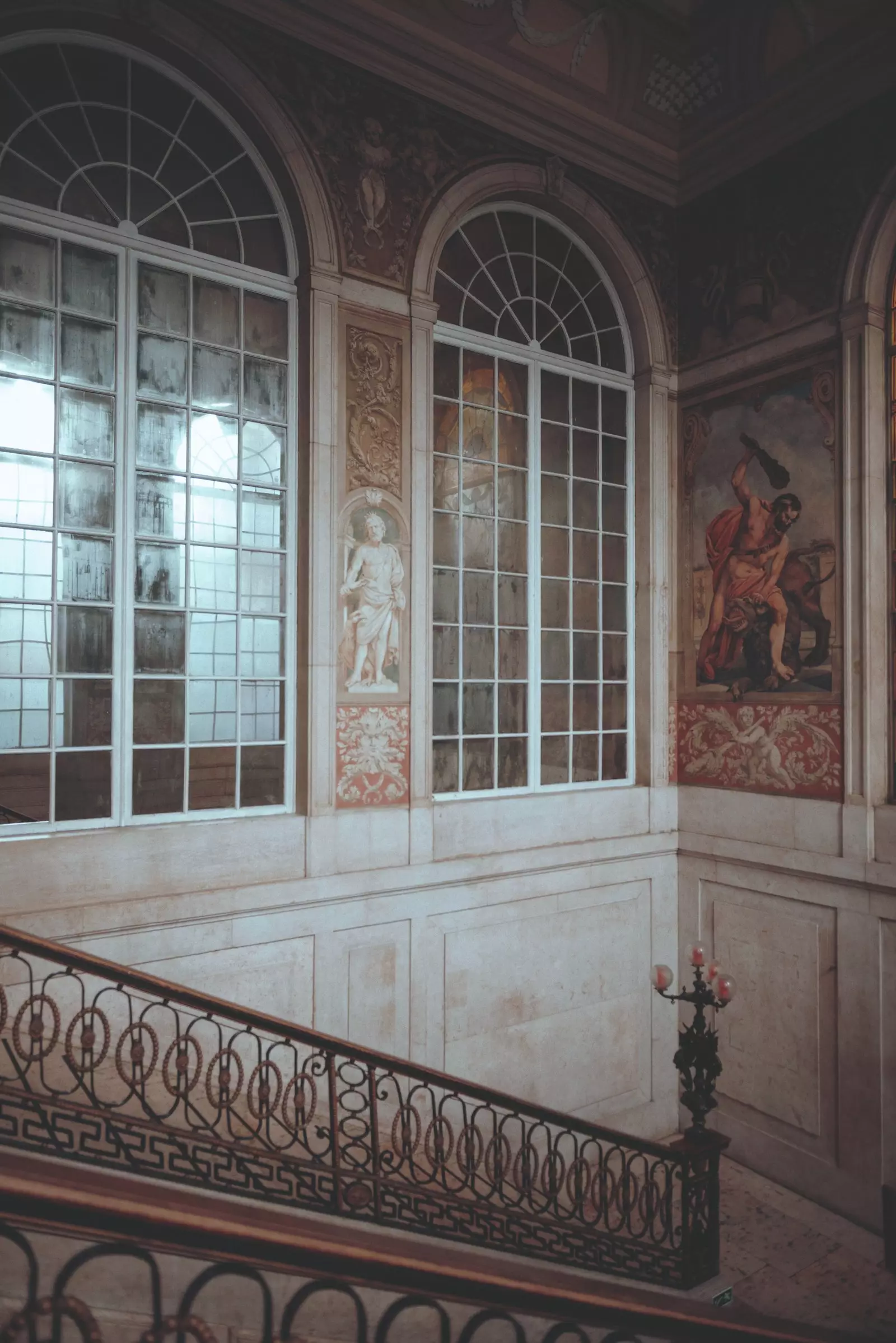
Staircase of the Chiado Palace.
BETWEEN CERAMICS AND COLMADOS
Going to the new Bacalhau History Interpretive Center is the most educational and interactive way to get to know the importance of cod in the Portuguese idiosyncrasy. But in the loja (store) Manteigaria Silva, with its original decoration, you will feel that you are in an authentic centennial temple dedicated to this fish known in Portugal as the 'bread of the seas'.
On its walls, among the wines and food that come to buy chefs as prestigious as José Avillez, you will find old photographs from when Lisbon was imposed cod rationing and there were police stationed in stores to control their sale.
Tricana, Prata do Mar and Minor are the three brands of the canning of Lisbon, a store founded in 1930 that maintains its traditional appearance and has reused the first typographical resources of their cans to update its corporate image without losing its essence and philosophy. On the other side of the wooden counter you will find Tiago Cabral Ferreira, one of the owners and professor of Electronic Engineering at the New University of Lisbon.
He also runs the family business, to which they have just added canned river fish, such as carp, pike and perch. A curiosity: her grandfather chose the name of Tricana for the woman lithographed on the cans, since that was how they were known in her native Coimbra. the itinerant fishwives (in Lisbon they are called varinas) who carried merchandise in a basket on their heads.
To educate yourself on the history of Portuguese ceramics, there is no better place than the Bordallo Pinheiro Museum, where both satirical illustrations created by the artist for humorous newspapers of the time such as his tilework with reliefs of smoking frogs, frightened crabs and art nouveau butterflies that fly towards the naturalism of the end of the 19th century.
But to buy real Portuguese pottery from the 20th century, you'll have to go to Cortiço y Netos, where Tiago Cortiço sells the original tiles produced since the 1960s that his grandfather treasured in the already defunct family store in Benfica.
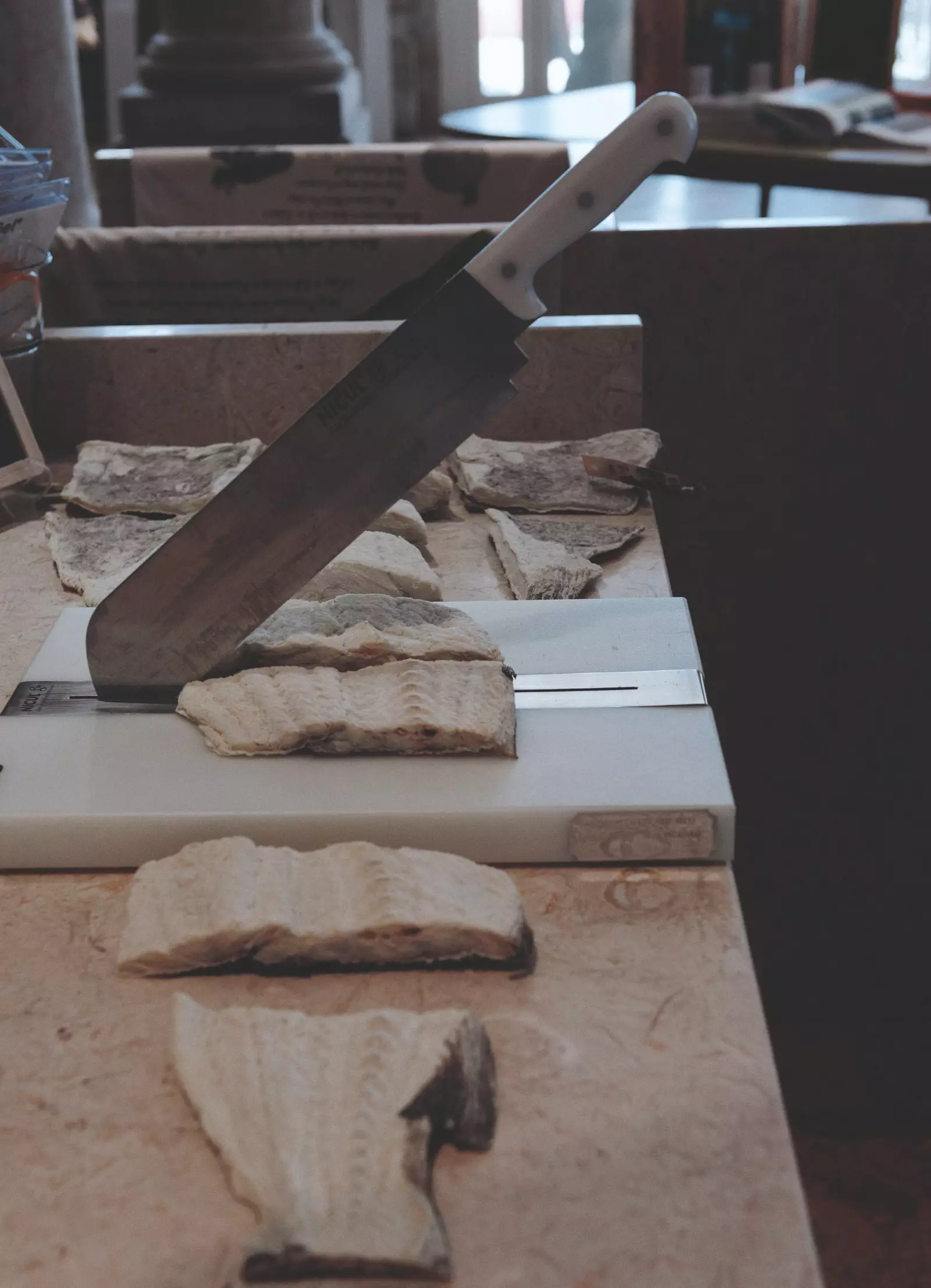
Bacalhau History Interpretive Center.
FLAVORS OF OLD
Original (and very, very vintage) are also the tiles that are preserved on the walls of the Uma seafood restaurant (R. dos Sapateiros 177), where for 30 years the one who for many it is the best rice with seafood in Lisbon.
A culinary fantasy by just over 13 euros (hence finding a table is very complicated) that, as its owner comments, Alexandre Gracina, replaced more traditional petiscos on the menu based on cod, since we must not forget that the place has actually been open for more than 70 years.
A reinterpretation of the traditional Lisbon seafood restaurant is the Blue Seafood, newcomer to Praça do Comércio but with a lot of experience in Mercado da Ribeira. Modern in its form –the interior design is the work of Anahory Almeida & Labarthe Architects–, its classic background is what really hooks: the freshest fish and seafood from the portuguese markets to respect the seasonality and sustainability of the sea. It begins with the barbecue and ends with a I ask, the muffin sandwich and ultra-thin beef fillet which is served as the culmination of any seafood platter in Lisbon.
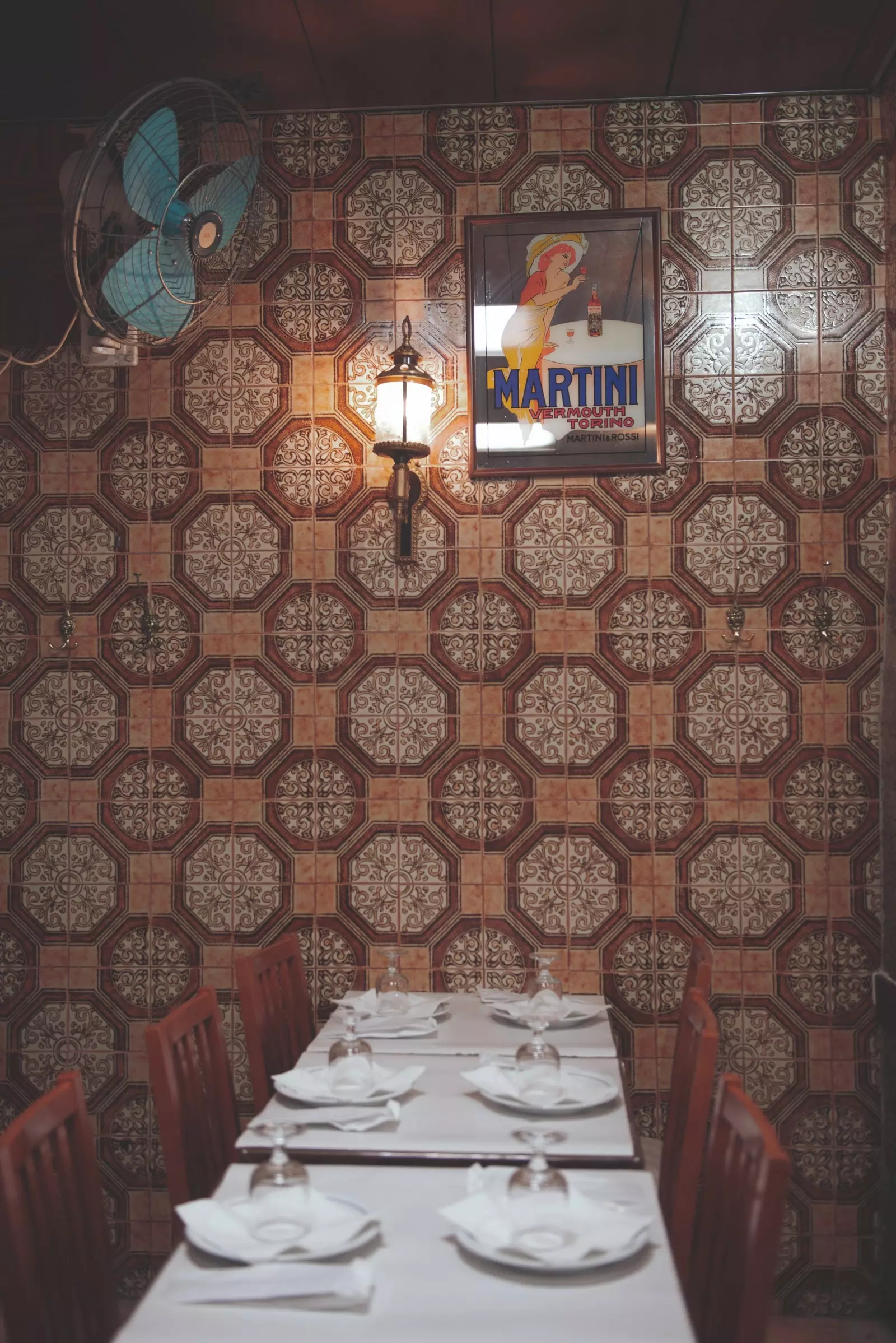
Seafood Uma.
Although for formal classicism that of the Gambrinus brewery, where the officious waiters serve you as impeccably as the suit and tie they wear. People go to their room frozen in time –the architect Mauricio de Vasconcelos decorated it in the 1960s– to close deals in front of some manual Bulhão Duck clams, a championship fisherman's rice and a protocol siphon coffee. Seeing how they prepare it is a spectacle.
Disruptive and not at all classic, it is, instead, Hugo Brito, owner of Boi-Cavalo, a provocative restaurant located in Alfama, old fishing district where the Portuguese melancholy still permeates everything, It is considered the cradle of fado for a reason.
In this little piece of the essence of Lisbon -in which to walk between chipped facades and ladies in the fresh at the doors of their houses with the telenovela blaring in the background–, the chef has insisted on continuing breaking the most traditional culinary rules based on foams, deconstructions and mixtures as crazy as clams with green curry and foie gras.
Brito was one of those young Portuguese chefs who in 2017 signed the manifesto for the future of portuguese cuisine in which they promised protect the gastronomic identity of their country without the need to turn our backs on subversion and creativity.
Therefore, in Boi-Cavalo, which occupies a former butcher shop that maintains the original door of the cold room, they continue to explore every day that bistronomic concept so rare in Lisbon where you can find a shrimp burger with cheese and tarragon brioche ranch as well as a Crispy roosterfish escalope with Bulhão Pato with capers.
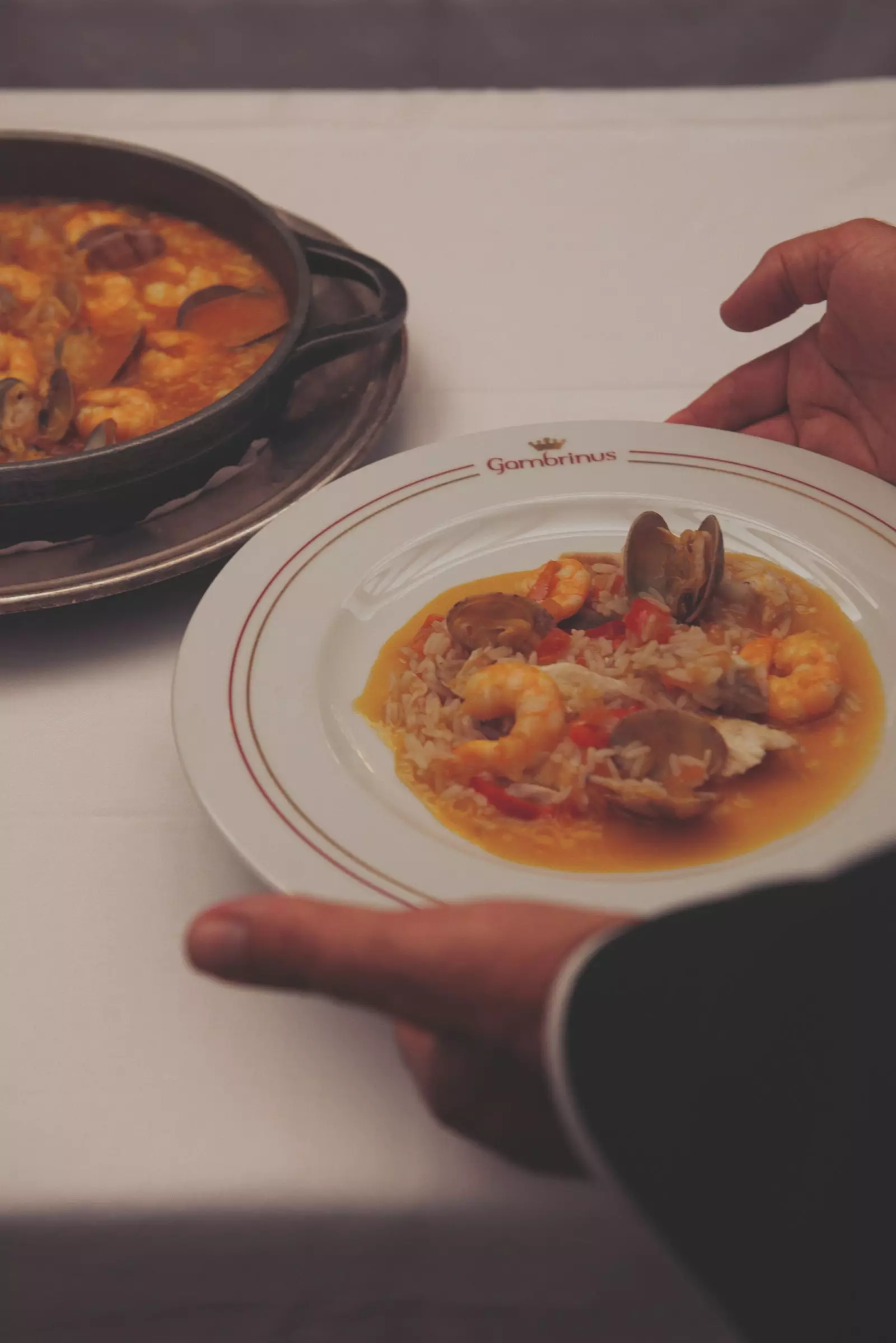
Gambrinus Lisboa.
SWEET AND LITERARY
Unalterable, lasting for a century French recipes and Louis XIV style decoration –with paintings by Benvindo Ceia, stained glass windows and stucco– from the Versailles pastry shop (Avenida da República, 15). A refined place to go for its russo with chantilly or its bolo indiano and where to stay (hours) for your sack coffee, which is already filtered and mixed in equal parts with milk in a kind of thermos so that you only have to ask for a galão.
Martinho da Arcada is the oldest café in Lisbon. It has been open under the arcades of Praça do Comércio since 1782 and there was a time when the political, social and cultural discussion that marked the city's agenda took place around its wooden and marble tables, one of them, by the way, reserved daily for almost a hundred years for Fernando Pessoa.
A cup of coffee, a book and a hat perpetuate the memory of the most brilliant poet of the Portuguese language in a corner of the interior room, where you will sit excitedly to take a photo and from which you will get up with impetus as soon as the waiter makes a joke that you just sat on top of him, since the writer never misses his literary appointment.
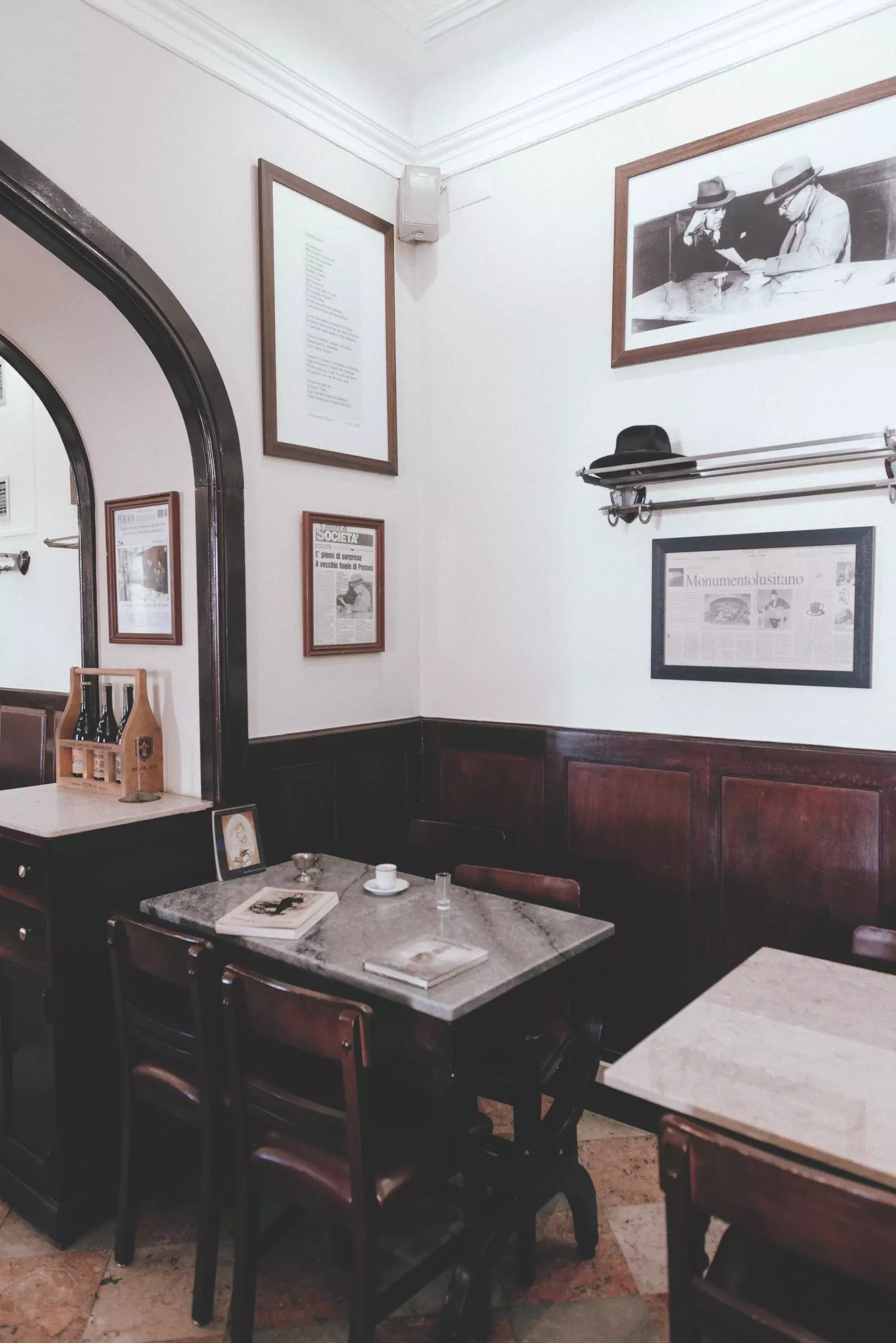
Martinho da Arcada.
Another big one also has a table in this cafe is José Saramago, but perhaps you prefer to go to the new house of the Nobel Prize in Alfama: the Two Bicos House, a 16th century mansion that belonged to the Viceroy of India Alfonso de Albuquerque and in which today the José Saramago Foundation.
Outside, under an olive tree located in front of its facade of stones carved in the form of diamond points (the bicos), the ashes of the writer rest and, inside, his wife, Pilar del Río, at the head of the foundation, is in charge of keeping her work alive, but also his legacy: “Saramago taught us to question reality to cure ourselves of that blindness that is making us lose the great values”. And the big cities, we underpin.
